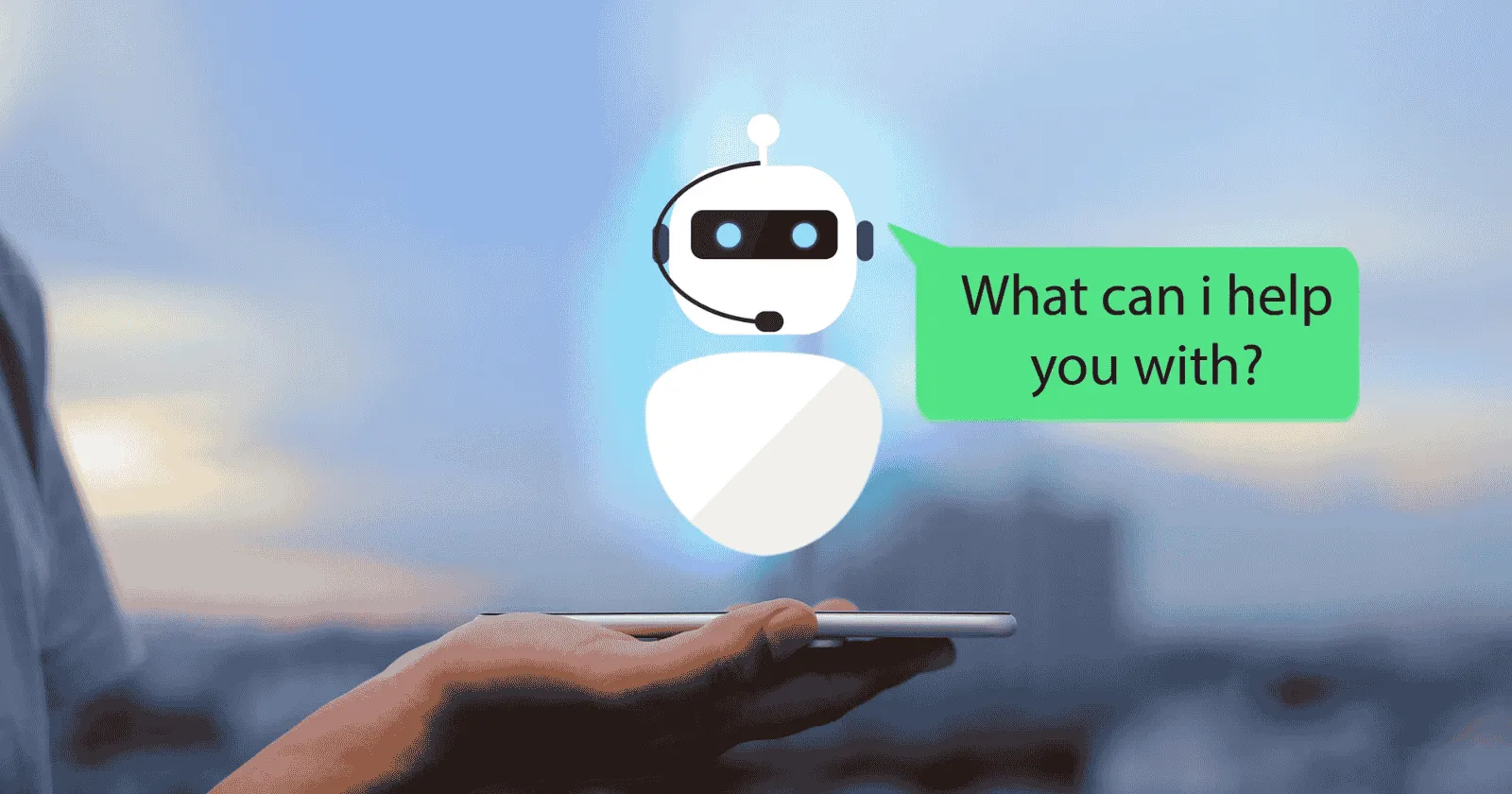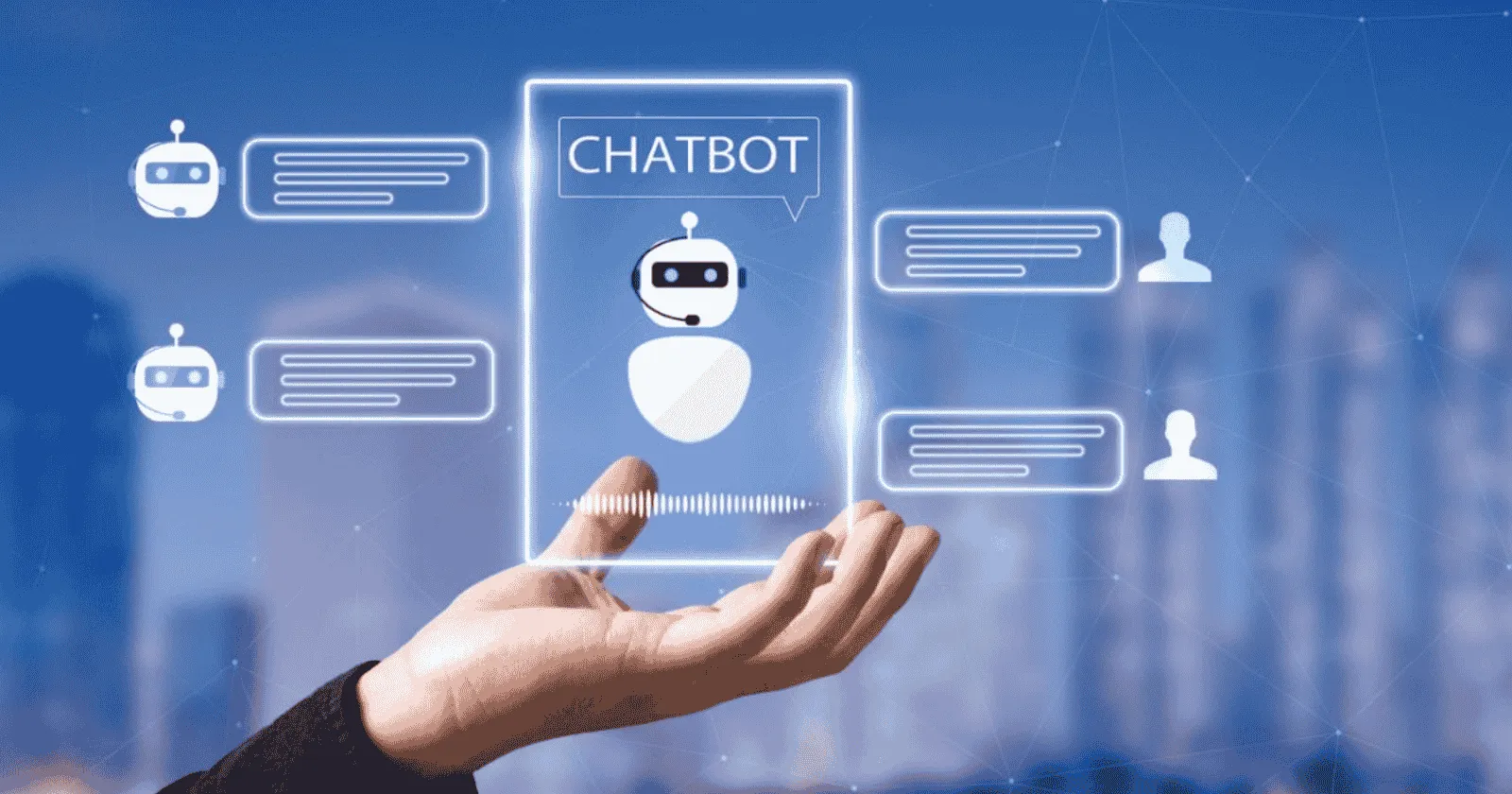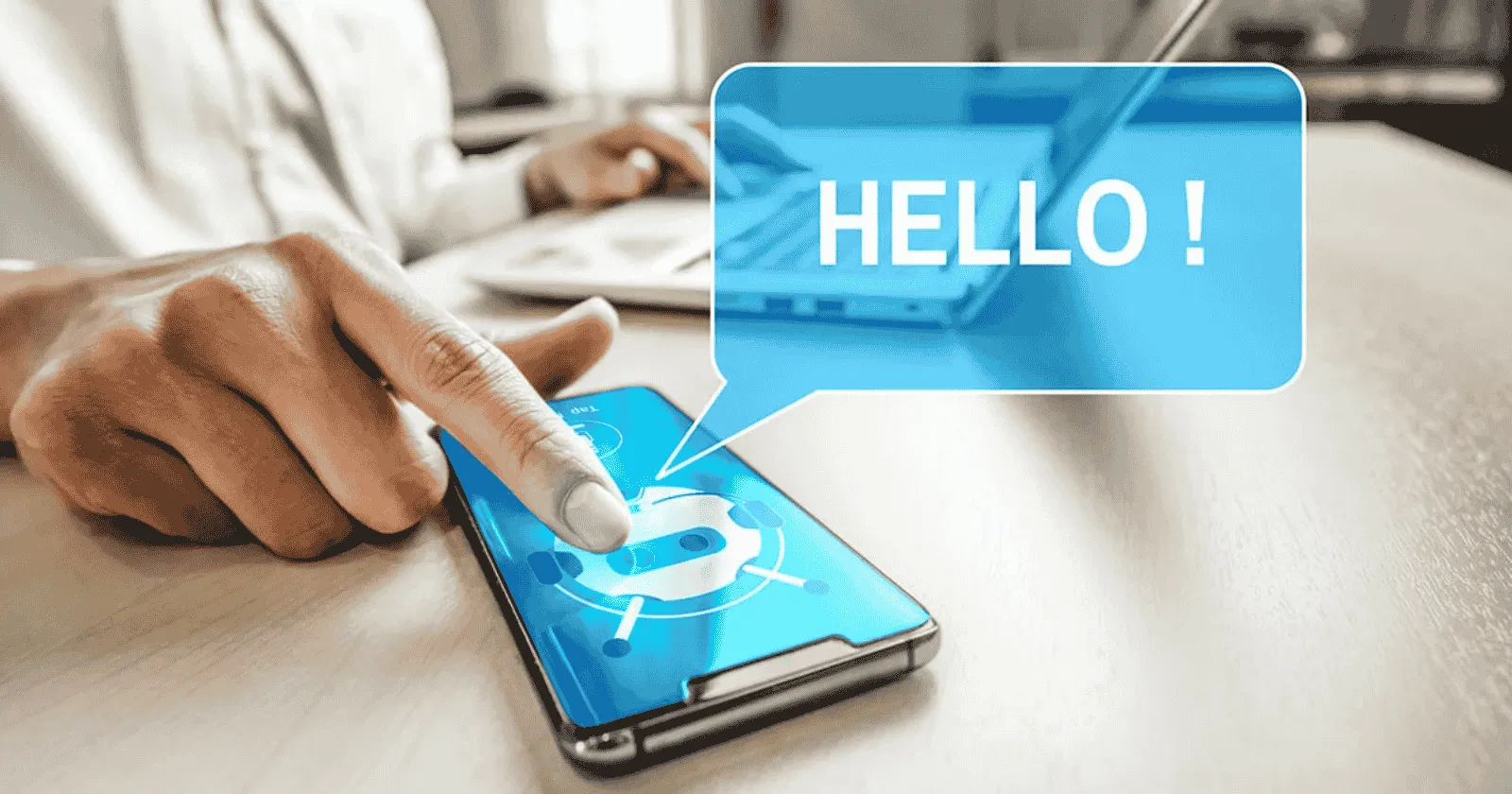Building a Customer-Support Chatbot in 60 Minutes – Step-by-Step Guide (2025)
Drowning in customer support tickets while your team struggles to keep up? According to the 2025 Customer Service Benchmark Report, businesses now face a 37% increase in support volume while 71% of customers expect responses within 30 minutes, creating an unsustainable gap for many companies.
TL;DR: This step-by-step guide shows you how to build a functional AI customer support chatbot in just one hour, without coding expertise. We cover selecting the right platform, creating conversation flows, training your bot with company knowledge, and integrating it with your existing systems. By following this tutorial, you’ll dramatically reduce response times, handle common inquiries 24/7, and free your support team to focus on complex issues that require human expertise.
Table of Contents
- What Is a Customer-Support Chatbot?
- Why It Matters in 2025
- Step-by-Step: Building Your Support Chatbot
- Step 1: Choose the Right Platform (5 Minutes)
- Step 2: Map Your Conversation Flows (15 Minutes)
- Step 3: Build Your Knowledge Base (15 Minutes)
- Step 4: Design Your Bot Personality (5 Minutes)
- Step 5: Implement and Test (15 Minutes)
- Step 6: Deploy and Integrate (5 Minutes)
- Pros & Cons
- Pricing / ROI
- Typical Pricing Models
- ROI Considerations
- How to Get Started
- Key Takeaways
- Author Bio
- Frequently Asked Questions (FAQ)
What Is a Customer-Support Chatbot?
A customer-support chatbot is an AI-powered virtual assistant designed to handle customer inquiries, provide information, troubleshoot common problems, and facilitate various customer service functions through conversational interfaces. These chatbots can be deployed on websites, messaging platforms, and mobile apps to provide immediate assistance to customers without human intervention.
Featured Snippet Answer: A customer-support chatbot is an AI-powered virtual assistant that automates customer service interactions through natural conversations. It can answer FAQs, troubleshoot common issues, collect customer information, process simple requests, and seamlessly transfer complex cases to human agents, all while available 24/7 without waiting times.
Read also : AI for SEO: Using Perplexity & Claude to Build Topic Clusters
Why It Matters in 2025
The customer service landscape has evolved dramatically, making AI chatbots no longer just a nice-to-have but an essential business tool:
- Rising Support Volume: The average business experienced a 37% increase in support tickets in 2025, overwhelming traditional support teams.
- Changing Customer Expectations: 71% of customers now expect near-immediate responses, with 83% citing fast resolution as the most important aspect of good service.
- Staff Shortages Continue: Support teams face ongoing recruitment challenges, with chatbots filling critical gaps in service coverage.
- Advanced AI Capabilities: The latest LLM-powered chatbots can understand nuanced questions and provide personalized responses that match human-quality support for many scenarios.
- Integration Ecosystem Growth: Customer support chatbots now easily connect with CRMs, helpdesks, and knowledge bases without complex custom development.
These factors combine to create a perfect case for implementing customer support chatbots, with businesses reporting 25-30% cost reductions and 40% faster resolution times after deployment .
Step-by-Step: Building Your Support Chatbot
Let’s break down the process of creating a functional customer support chatbot in just 60 minutes:
Step 1: Choose the Right Platform (5 Minutes)
In 2025, several no-code/low-code platforms make chatbot creation accessible to non-technical users. Choose based on your specific needs:
- For beginners seeking simplicity: Tidio, Intercom, or Zendesk Answer Bot
- For more customization: Botpress, Chatfuel, or ManyChat
- For enterprise integration: Microsoft Power Virtual Agents, IBM Watson Assistant, or Ada
For this tutorial, we’ll use Botpress as it balances ease of use with powerful capabilities and offers a generous free tier.
Step 2: Map Your Conversation Flows (15 Minutes)
Before building, outline the main conversation scenarios your chatbot will handle:
- Identify the top 5-7 most common customer queries (check your support tickets)
- Map how the conversation should flow for each scenario
- Include decision points where the bot should take different actions based on customer responses
- Determine when to escalate to a human agent
Create a simple flowchart using the platform’s visual editor or even sketch it on paper. For example:
- Query: “I can’t log into my account”
- Bot response: “I can help with login issues. Have you forgotten your password, or are you seeing an error message?”
- User selects: “Forgotten password”
- Bot response: “No problem. Please enter your email address and I’ll send you a password reset link”
- User provides email
- Bot confirms: “Thanks! A reset link has been sent to [email]. Please check your inbox and spam folder.”
Map similar flows for other common scenarios like order status, returns, product information, etc.
Read also : Prompt Engineering for Financial Analysts: Expert Guide
Step 3: Build Your Knowledge Base (15 Minutes)
Your chatbot needs information to provide accurate responses:
- Gather your existing FAQs, support documentation, and product information
- Organize this content into categories that align with your conversation flows
- Upload or connect this knowledge to your chatbot platform
- Many modern platforms like Botpress can automatically parse your documentation
In 2025’s platforms, you can often simply connect your chatbot to your help center URL, Google Drive, or knowledge base, and AI will automatically extract and organize the relevant information.
| Knowledge Source | Best For | Implementation Time |
|---|---|---|
| FAQs | Quick, direct answers | 5 minutes |
| Help Center | Detailed problem-solving | 5-10 minutes |
| Product Docs | Technical questions | 10-15 minutes |
| Internal Guidelines | Process explanations | 10 minutes |
Step 4: Design Your Bot Personality (5 Minutes)
A well-designed bot personality enhances the user experience:
- Choose a name that reflects your brand
- Define your bot’s tone (professional, friendly, casual, etc.)
- Write welcome messages and transitions that match this tone
- Create fallback responses for when the bot doesn’t understand
- Decide on avatar/visual representation if your platform allows it
For example, a financial services chatbot might use a professional, reassuring tone, while an e-commerce bot for a youth brand might be more casual and emoji-friendly.

Step 5: Implement and Test (15 Minutes)
Within your chosen platform:
- Build the conversation flows using the visual editor
- Connect your knowledge base
- Set up handoff protocols to human agents when needed
- Test various conversation paths to ensure the bot responds correctly
- Test edge cases and unexpected questions
Use the platform’s testing environment to role-play as a customer and refine your bot’s responses before going live. Most modern platforms offer simulation features that let you preview the conversation experience.
Step 6: Deploy and Integrate (5 Minutes)
Time to make your chatbot available to customers:
- Deploy to your website using the provided embed code or widget
- Connect to messaging channels if desired (Facebook Messenger, WhatsApp, etc.)
- Integrate with your CRM/helpdesk system (e.g., Salesforce, Zendesk, HubSpot)
- Set up analytics to track performance
Most platforms provide simple copy-paste embed codes or direct integrations with popular website platforms like WordPress, Shopify, or Wix.
Read also : Devin AI Autonomous Coding review
Pros & Cons
Understanding the advantages and limitations of customer support chatbots helps set realistic expectations:
| Pros | Cons |
|---|---|
| 24/7 Availability: Always-on support without staffing concerns | Limited Complexity: May struggle with highly nuanced or unusual queries |
| Instant Responses: No wait times for customers | Potential Frustration: Some customers still prefer human interaction |
| Consistent Answers: Standard responses to common questions | Maintenance Required: Needs regular updates as products/policies change |
| Scalability: Handles unlimited concurrent conversations | Setup Time: Initial knowledge base creation requires effort |
| Data Collection: Gathers insights on customer needs | Integration Challenges: May require technical help for complex systems |
Pricing / ROI
Understanding the costs and potential returns helps justify the investment:
Typical Pricing Models
- Free Tiers: Many platforms offer limited free versions (Tidio, Botpress, ManyChat)
- Per Conversation: $0.01-$0.05 per conversation (common for AI-powered solutions)
- Monthly Subscription: $20-$500/month depending on features and volume
- Enterprise: $500-$2000+/month for full-featured, high-volume solutions
ROI Considerations
Based on industry averages, here’s what businesses typically experience:
- Cost Reduction: 25-30% decrease in customer service costs
- Deflection Rate: 40-60% of basic inquiries handled without human intervention
- Time Savings: 20+ hours/week of agent time reallocated to complex issues
- Conversion Uplift: 15-25% increase in sales conversations when used proactively
- Customer Satisfaction: 7-15% improvement in CSAT scores with well-implemented bots
For a mid-sized business handling 1,000 support conversations monthly, a chatbot that deflects 40% of queries can save approximately $3,000-$5,000 monthly in support costs, providing ROI within 1-3 months.

How to Get Started
Ready to implement your own customer support chatbot? Follow these steps:
- Audit Your Support Requests: Analyze your most common customer questions and pain points
- Set Clear Goals: Define specific metrics for success (ticket deflection rate, response time, CSAT)
- Choose a Platform: Start with a free trial of Botpress, Tidio, or another platform that matches your needs
- Start Small: Begin with 3-5 of your most common support scenarios before expanding
- Gather Feedback: Collect real user interactions to continuously improve your bot
Read also : AI Agent vs assistant difference
Key Takeaways
- Accessibility: Modern platforms make creating customer support chatbots possible in just 60 minutes, even without technical expertise.
- Business Impact: Properly implemented chatbots can reduce support costs by 25-30% while improving response times and customer satisfaction.
- Implementation Steps: Choose a platform, map conversations, build a knowledge base, design personality, test thoroughly, and deploy.
- Best Practices: Start with your most common support scenarios, maintain a consistent brand voice, and ensure smooth handoff to human agents when needed.
- Continuous Improvement: Use analytics and customer feedback to regularly refine your chatbot’s responses and capabilities.
Author Bio
GPTGist (AI Strategist Team @ GPTGist) focuses on helping organizations leverage AI for growth and impact. Connect with us on LinkedIn.
Frequently Asked Questions (FAQ)
1. Do I need coding skills to build a customer support chatbot?
No. Modern chatbot platforms like Botpress, Tidio, and Intercom provide visual editors and templates that allow non-technical users to build functional chatbots without writing code. These drag-and-drop interfaces let you create conversation flows, connect knowledge bases, and deploy your bot within minutes.
2. How much of my customer support can a chatbot realistically handle?
Most businesses see 40-60% of routine inquiries successfully handled by chatbots. This includes frequently asked questions, order status checks, basic troubleshooting, and information requests. More complex issues like disputes, detailed technical problems, or situations requiring empathy and judgment should still be routed to human agents.
3. Will customers get frustrated using a chatbot instead of talking to a human?
Customer acceptance of chatbots has dramatically improved. In 2025, 72% of customers are comfortable using chatbots for simple issues as long as they can easily reach a human when needed. The key is transparency (making it clear they’re talking to a bot) and providing an easy escalation path to human support when requested.
4. How do I measure the success of my customer support chatbot?
Key metrics to track include: deflection rate (percentage of queries resolved without human intervention), average resolution time, customer satisfaction scores for bot interactions, frequency of human escalation, and cost savings compared to traditional support. Most chatbot platforms provide built-in analytics dashboards for these metrics.
5. How often should I update my chatbot?
Your chatbot should be reviewed and updated at least monthly, or whenever significant changes occur to your products, services, policies, or common customer issues. Regular review of unresolved queries or customer feedback helps identify gaps in your bot’s knowledge base. Many modern platforms also allow for continuous improvement through AI learning from interactions.
Read also :
Voice Cloning Ethics Legal Guide
De-Risking AI Adoption: Governance Check-list





